A fresh row has erupted over fire cover in the Highlands – this time around Loch Ness.
It comes just one week after members in Caithness and Sutherland said they’re “desperate” to improve cover in their area.
At today’s meeting of Inverness committee, Aird and Loch Ness members Chris Ballance and David Fraser were in the spotlight.
They both challenged Scottish Fire and Rescue Service (SFRS) officers over engine availability.
Councillor Ballance said he had seen figures showing periods of time where there was no fire cover in Aird and Loch Ness.
“This is a matter of extreme urgency,” said Mr Ballance. “It’s vital that the fire service in the middle of the A82 has permanent availability.”
Fire cover figures in dispute – again
The SFRS report puts fire cover at 98% in Drumnadrochit and 89% in Fort Augustus.
However, Mr Ballance challenged these figures. He claimed they refer to evening and night time availability.
But, he says, demand is far higher – and cover therefore lower – during the day.
SFRS station commander Robbie MacDougall did not directly address this matter at today’s meeting. However, the SFRS later clarified that the figures do reflect both daytime and night-time cover.
On November 16, several members of the council’s community and place committee had similar concerns.
Thurso councillor Matthew Reiss claimed that cover in Caithness and Sutherland often dips to 50%, though the Highland senior officer challenged this summary.
Four firefighters essential for safe response, say SFRS
One key issue affecting availability is a requirement for engines to be staffed by four fire fighters to attend call-outs.
SFRS say this is necessary for health and safety. However, in 2018, SFRS brought new, rapid response units (RRUs) to the council chambers. They told councillors these could be staffed by just three people, which could vastly improve cover in short-staffed rural areas.
It later emerged that these RRUs are operating in some areas, but always with four personnel. Challenged by Inverness councillor Duncan Macpherson, Mr MacDougall said local crews should not be put under pressure to attend emergencies without safe numbers.
Mr Macpherson also raised concerns about older appliances serving rural stations, and Mr MacDougall responded: “I’m lucky in Inverness that we always get good, first class fire appliances.”
He added that rural areas don’t have the same level of demand.
Members praise crew commitment but push for less onerous training
David Fraser offered thanks to the fire service for their work across all of Highland. However, he said rural cover could be further affected by a training glitch he recently discovered at Fort Augustus.
This relates to incident commander training. Mr Fraser said two of the station’s most experienced staff have undertaken extensive training to maintain their incident commander tickets. These were due for renewal in January 2024.
They have since been informed they must repeat the training in January 2023. Mr Fraser says the volunteer staff can’t meet that requirement, endangering local cover.
The SFRS said the revised training requirement came from central office in Cambuslang, and local teams are pressing for a review.
Mr Fraser called for an urgent resolution, and highlighted the “wonderful work and commitment” of the team.
Mr Ballance also pressed the matter, stating: “The risk is that we lose highly trained and hugely experienced incident commanders to the service.”
SFRS area commander Michael Humphreys strenuously denied members’ claims about reduced rural cover.
In a statement after the meeting, Mr Humphreys said: “We always maintain fire cover. At no point is there no cover for any area in Scotland. The nearest available appliance is mobilised to an incident to ensure every emergency is attended. This can involve the strategic movement of appliances and individual personnel from other stations within the area if required.
“Across Highland, there are 11 full-time on-call support officers who review crewing daily and give on call cover during daytime, evenings and weekends.
“Each individual officer is responsible for a cluster of fire stations within their own area and can provide fire cover for any station which, for a variety of reasons, may temporarily have an insufficient crewing level.”
Are you interested in more exclusive and breaking Highland and Islands news from the P&J? If so, why not join our dedicated Facebook page HERE
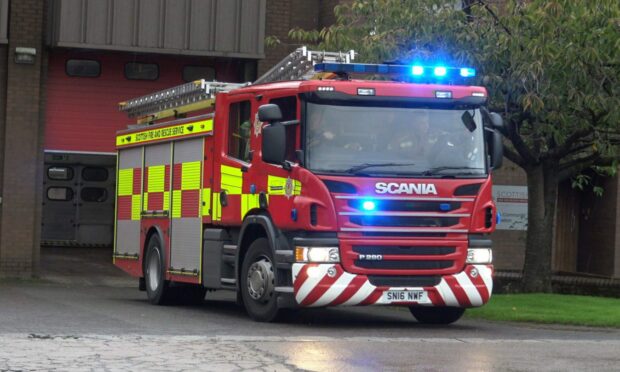
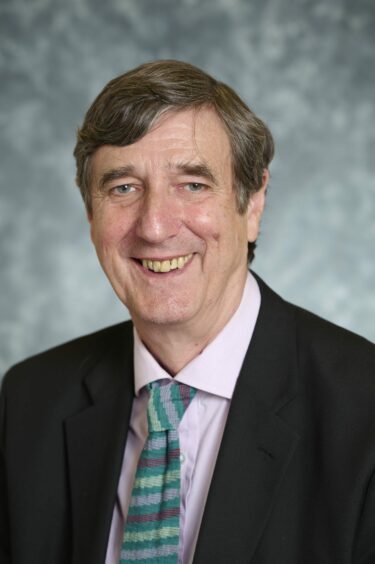
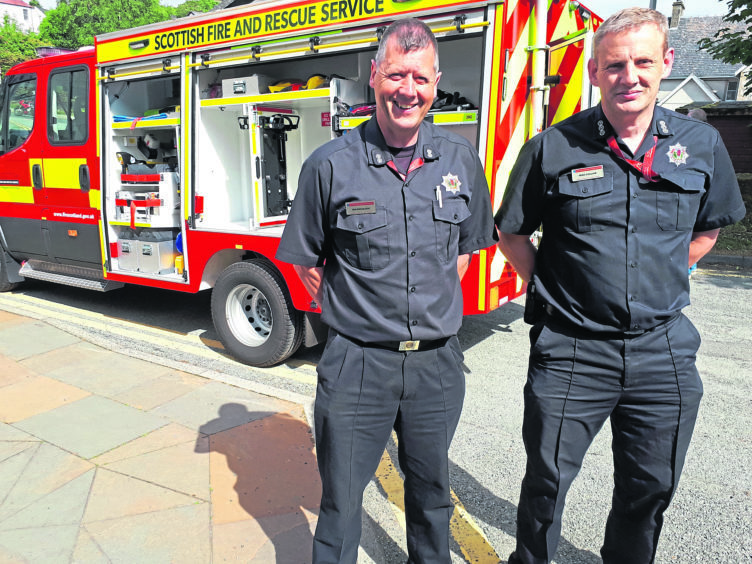

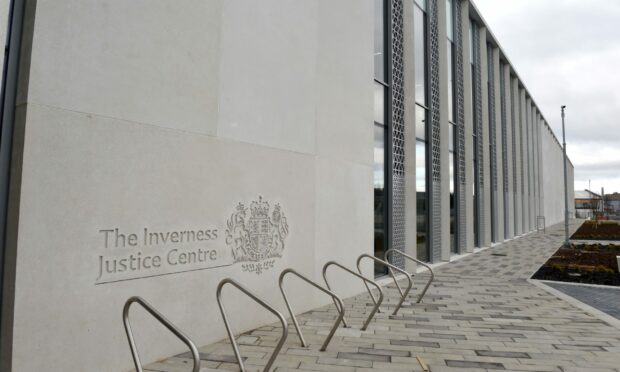
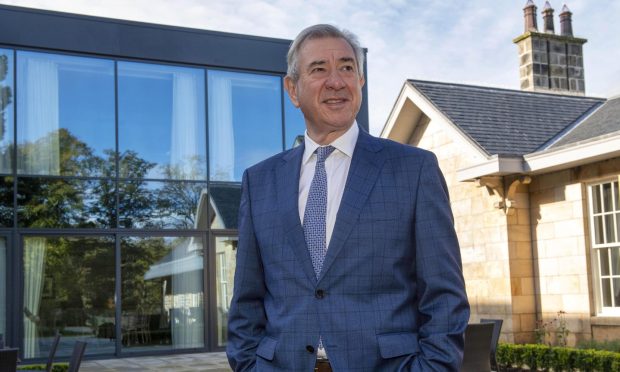
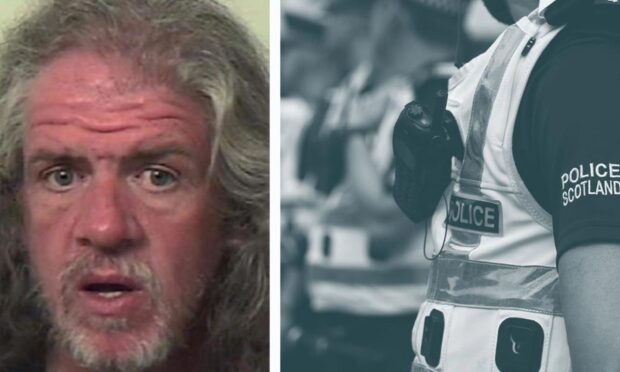
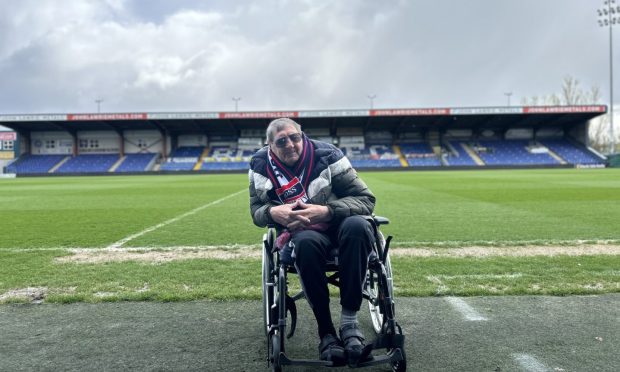
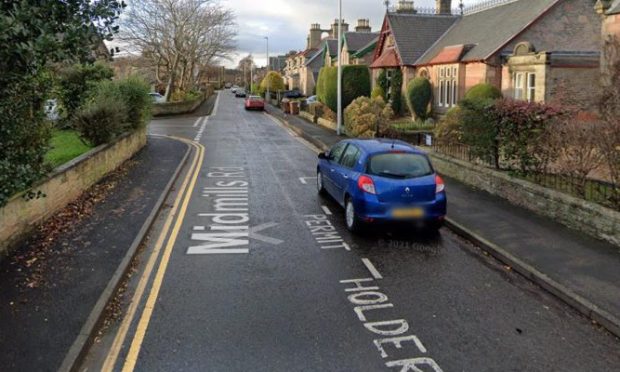
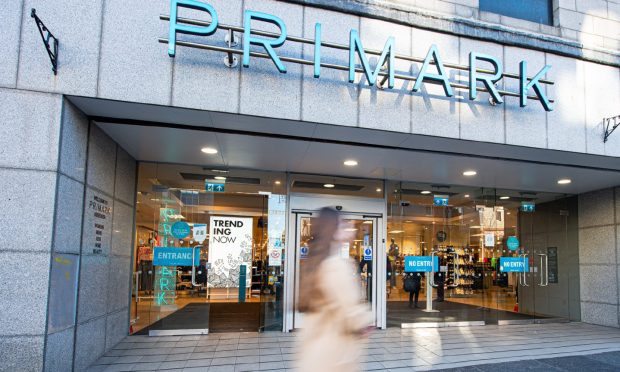
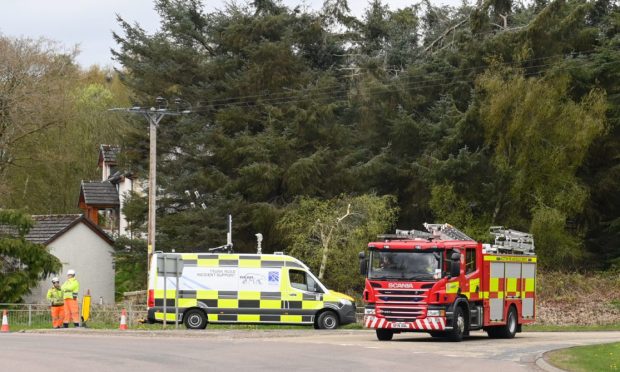
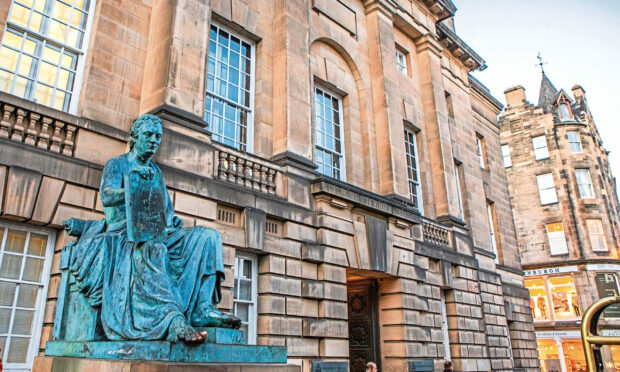
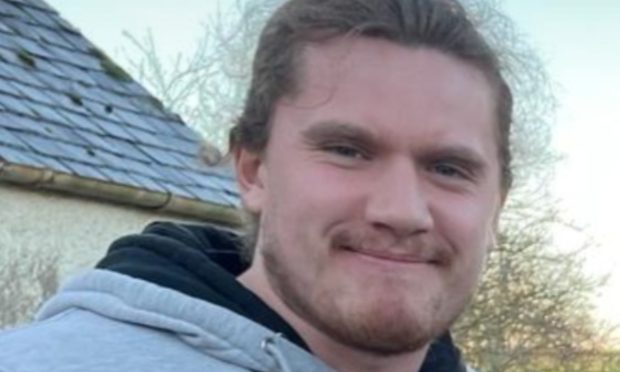
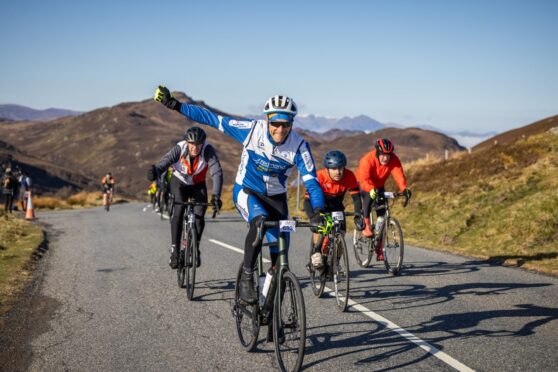
Conversation